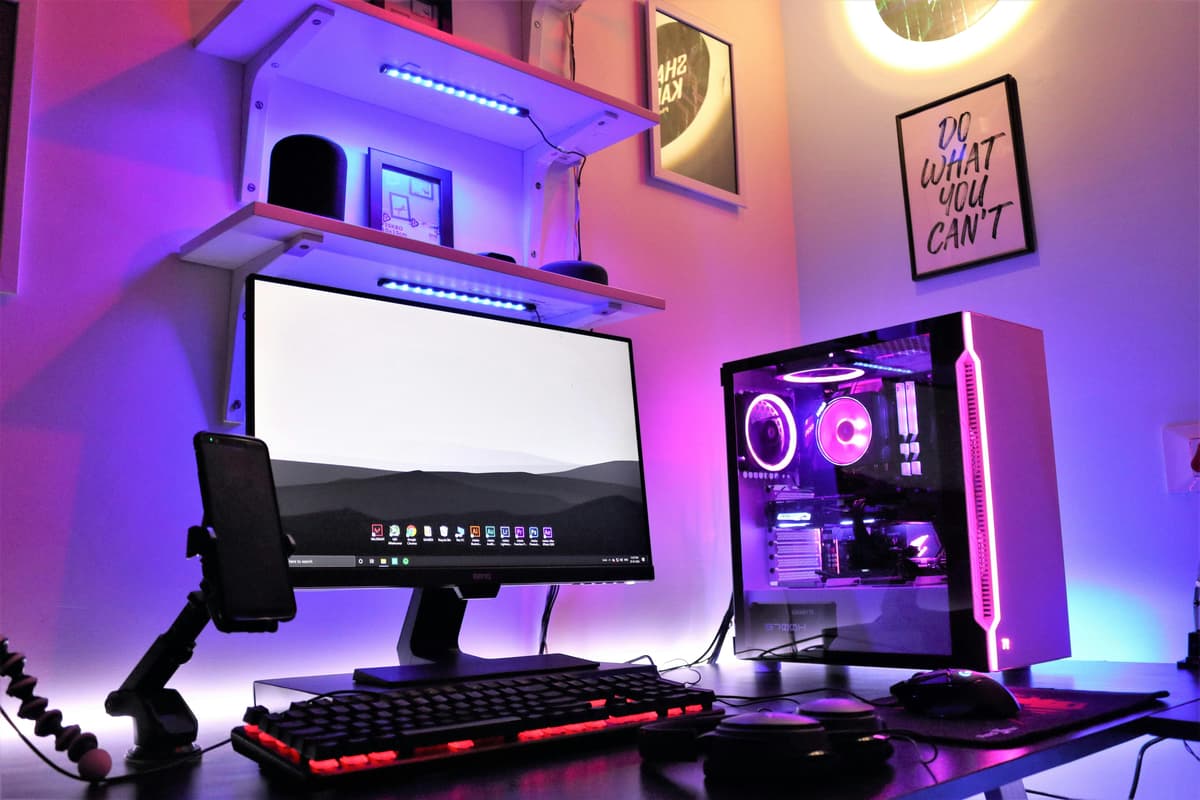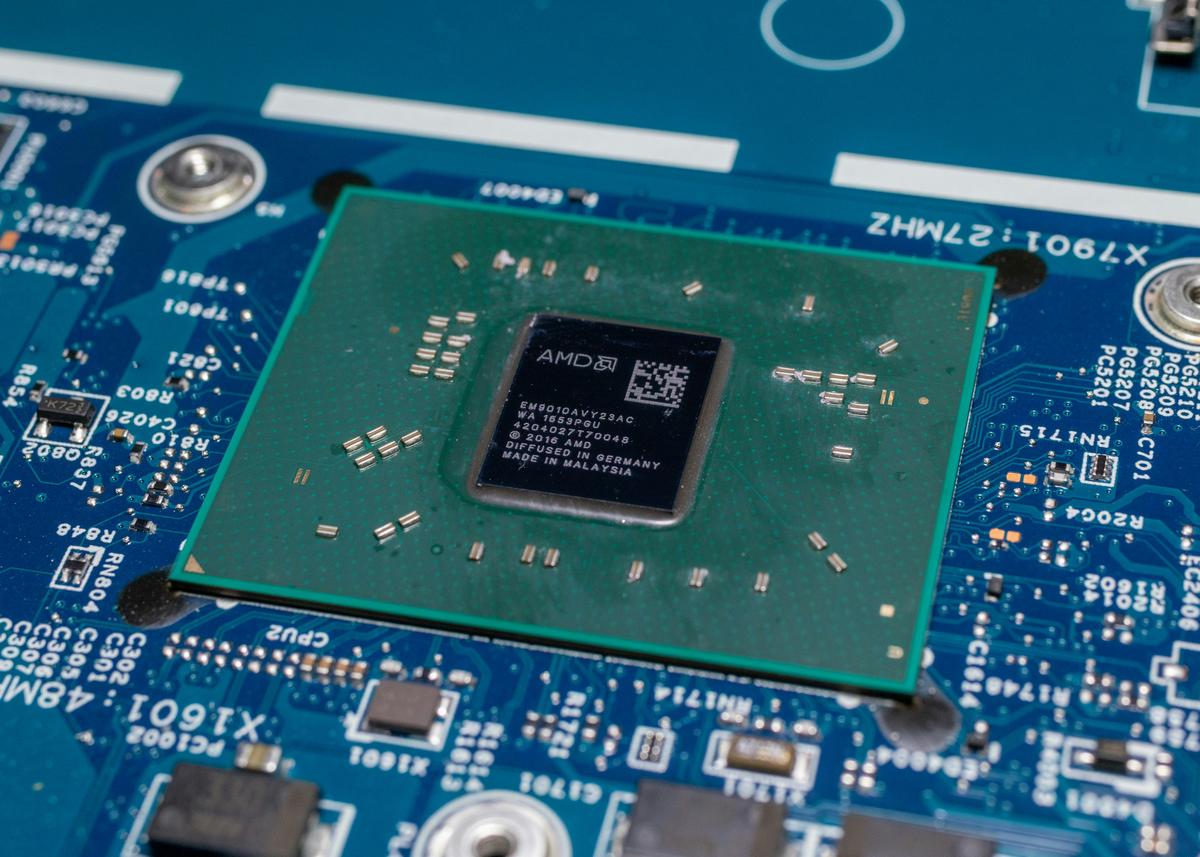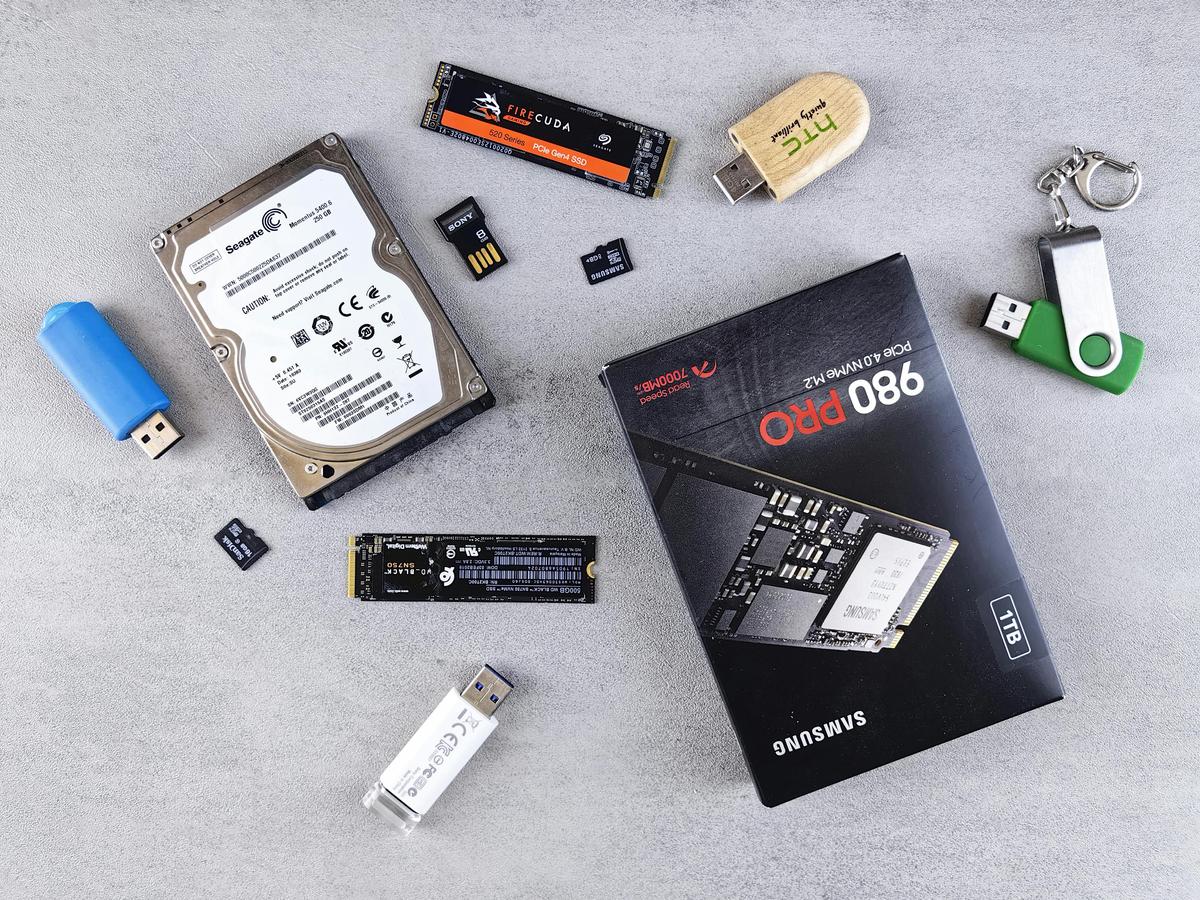PC Component Overview: The Complete Beginner’s Guide to Every Main Computer Part

Written by Massa Medi
Welcome to your essential PC component overview! Whether you’re building a custom computer, buying a new desktop or laptop, or just want to better understand what’s happening inside that mysterious metal box under your desk, this comprehensive guide is for you. Here, we’ll demystify the main components that make up every PC including the CPU, RAM, motherboard, GPU, and storage devices explaining their purpose, how they work together, and what you should look for when shopping for your next machine.
Understanding PC Components: What Makes Your Computer Tick?
Every computer, whether it’s a bulky gaming rig, a nimble ultrabook, or an all in one desktop, is built from a collection of key components. These fundamental parts include:
- Motherboard
- CPU (Central Processing Unit)
- RAM (Random Access Memory)
- GPU (Graphics Processing Unit)
- Storage Device (SSD or Hard Drive)
Any extras like a monitor, keyboard, mouse, or microphone are considered peripherals and plug into your computer’s input/output (I/O) ports. While they’re essential for interacting with your PC, they aren’t part of the core computer itself.
In this article, we’ll walk through each PC component, why it’s important, how it interacts with the rest of your system, and which specs matter most for everyday performance and use.
CPU Explained: The Brains of the Computer

The CPU, or Central Processing Unit, is often called the brain of the computer. It’s responsible for performing all of the system’s critical calculations and processing the heavy lifting that powers everything from web browsing to gaming and video editing. Without a capable CPU, the rest of your computer’s components can’t reach their potential.
Top CPU Brands: AMD vs Intel
When selecting a CPU, you’ll mainly be choosing between two companies: AMD and Intel. In recent years, AMD has outperformed Intel in terms of value, providing powerful CPUs at competitive prices. However, Intel still dominates many prebuilt desktops and laptops, and both brands offer excellent processors for different needs.
Key CPU Specs: Cores, Threads, and Clock Speed
- Cores: Every CPU has several coresessentially mini processors inside the main chip. Today, four cores is generally the minimum for a responsive, multitasking experience. Dual core chips are only really suitable for basic tasks like word processing or light browsing.
- Threads: Many CPUs support hyper threading, allowing each core to handle two tasks (“threads”) simultaneously. While core count is more critical for most buyers, having more threads can help with certain workloads, like video editing or 3D rendering.
- Clock Speed: Measured in GHz (e.g., 3.8GHz), this number represents the speed at which each core operates. It’s tempting to think higher is always better, but a quad core CPU at 2.5GHz can outperform a dual core CPU at 4.0GHz for multi tasking. Core count usually takes precedence over raw speed.
Quick Tip: For most users in 2025, aim for at least a quad core CPU with base clock speeds above 3.0GHz. Unless you know you’ll be running specific single threaded applications, more cores provide a smoother computer experience.
RAM (Random Access Memory): Your PC’s Short Term Brain
.jpg)
RAM is your computer’s super fast, temporary memory. When you open programs, load documents, or have dozens of browser tabs open (we see you, multi taskers), all that data lives in RAM for lightning quick access. Unlike storage, RAM is wiped clean when you shut down or restart your PC.
Types of RAM: DDR3, DDR4, and Form Factors
Most modern PCs use DDR4 RAM; DDR3 is largely outdated and best avoided unless buying an older or very budget device. RAM also comes in different “sticks” or modules for laptops (SODIMM) and desktops (DIMM); they aren’t interchangeable!
How Much RAM Do You Need?
- Minimum for modern systems: 8GB (good for basic use)
- Optimal for most users: 16GB (sweet spot for work, gaming, light editing)
- For advanced/video editing/machine learning: 32GB+ (rarely needed outside pro tasks)
RAM always comes in “powers of two” e.g., 4GB, 8GB, 16GB, 32GB. If you see odd numbers (like 6GB), it’s usually due to unusual system configurations and not the norm.
RAM Speed: Does It Matter?
RAM speed, measured in MHz (e.g., 3200MHz), has a small but noticeable impact on system responsiveness. When building a PC, opt for higher speeds if your motherboard supports it. For most buyers, though, the amount of RAM is more critical than its speed.
Pro Tip: RAM to VRAM Ratio
If you’re building a powerhouse computer with a high end graphics card (say, an RTX 3090 with 24GB VRAM), a handy rule is to aim for at least double the amount of regular RAM (48GB in this case, rounded to 64GB) to ensure smooth graphics workloads.
Motherboard: The Backbone of the PC

The motherboard connects, powers, and enables communication between every main internal component. Your CPU, RAM, GPU, and storage all plug into the motherboard, which in turn handles I/O (USB, audio ports, sometimes video out) and coordination.
Picking a Motherboard: What to Know
- Most users buying prebuilt desktops or laptops don’t need to worry about the motherboard you’ll get whatever’s included.
- If you’re building your own PC, double check that your motherboard is compatible with your chosen CPU and RAM, offers enough expansion slots for your needs, and features (like extra USB ports or fan headers) you might want.
For upgraders or builders, research is key! Replacing or returning the wrong motherboard can be a major hassle.
GPU (Graphics Processing Unit): The Artiste of Your PC
.jpg)
The GPU handles all things visual, from displaying your desktop wallpaper to rendering lifelike video game graphics or accelerating video editing. There are two flavors:
- Integrated GPUs: Built into the CPU, suitable for web browsing, office tasks, and videos.
- Dedicated GPUs: Separate, powerful graphics cards designed for gaming, 3D rendering, and demanding content creation.
Do You Need a Dedicated GPU?
If you do anything graphics intensive think gaming, 3D modeling, high res photo/video editing a dedicated GPU is essential. For simple office work or streaming video, integrated graphics are just fine.
Top GPU Brands: Nvidia vs AMD
Two main players rule the GPU world: Nvidia (most popular, wide compatibility, great features like Nvidia Broadcast and ray tracing) and AMD (great value, common in Mac systems, solid driver support). Both offer cards for every budget, but Nvidia tends to be the go to for gaming and creative work due to its established ecosystem.
What Specs Matter? VRAM, Generation, and Power
- VRAM (Video RAM): This is fast, dedicated memory on your GPU for graphics data. Modern cards have at least 4GB, but 6 8GB is a sweet spot for gaming and pro tasks. If you’re getting into 4K gaming or deep learning, cards with 12GB or more become relevant.
- Generation: Newer GPUs (like the Nvidia 30 or 40 series) offer major performance and feature boosts (like ray tracing). Always aim for the newest generation your budget allows.
- Power Requirements: High end GPUs can consume as much as 300 watts of power! If you’re building a computer, make sure your power supply can handle your chosen graphics card.
Quick fun aside: If you ever spot a fluffy feline wandering across a YouTuber’s desk mid explanation, consider it a treat! Meet “Fresca,” the ever present desk assistant, lounging nearby as precious GPUs and RAM are discussed.
Storage Devices: SSDs vs Hard Drives

Hard Drives: The Classic, Affordable Workhorse
Traditional hard drives (HDDs) use spinning magnetic disks to store data. They’re inexpensive and offer large storage capacities, making them ideal for archiving photos, videos, and files you don’t need to access often. Downsides include slower speeds and more potential for mechanical failure (remember, moving parts wear out!).
Solid State Drives (SSDs): Speed Demons for Your System
SSDs are faster, more reliable storage devices with no moving parts. Using flash memory, they drastically reduce boot and app load times compared to hard drives. SSDs are more expensive per GB, so it’s common to have a smaller SSD for your operating system and apps, plus a larger HDD for bulk storage.
Best Practice for Storage Configuration
- If your PC has room for both, install your operating system and key programs on the SSD.
- Store videos, photos, and infrequently used files on the HDD.
This arrangement gives you snappy performance where it counts without breaking the bank on massive SSDs.
PC Component Buying Tips for Beginners
- For most, aim for a quad core CPU, 16GB RAM, and a newer GPU with at least 6GB VRAM.
- Always install your OS on an SSD, even if it’s only 256GB, for vastly improved speed.
- Buy RAM and motherboard components that are compatible laptop and desktop parts are rarely interchangeable.
- Consider your power requirements, especially if buying a high end dedicated GPU.
- Peripherals (monitors, keyboards, etc.) are not considered PC components, and don’t affect system performance.
Frequently Asked Questions about PC Components
What are the most important components to consider when building a PC?
The most crucial components determining performance are the CPU (processing power), RAM (memory for running programs), GPU (graphics power), and the storage drive (SSD/HDD). Ensuring compatibility and balance among these parts is vital for a smooth computing experience.
How much RAM do I really need for gaming or everyday work?
For gaming or most productivity tasks in 2025, 16GB of RAM hits the perfect balance. Highly demanding workloads, such as video editing or running large datasets, may benefit from 32GB or more, but 8GB is the bare minimum for comfortable everyday use.
Do I need a dedicated GPU if I only use my PC for browsing and office tasks?
No a modern integrated GPU (most Intel CPUs and some AMD APUs) is perfectly adequate for web browsing, office software, and video streaming. Only invest in a separate, dedicated GPU for gaming, video editing, multimedia, or 3D work.
Why is an SSD recommended over a hard drive for the operating system?
SSDs are far faster than traditional hard drives, leading to much quicker boot times, app launches, and less waiting overall. Even a small-capacity SSD for your OS is one of the most impactful upgrades you can make.
How do I know if a motherboard is compatible with my CPU?
Check the motherboard’s socket type (e.g., LGA1200, AM4) and supported chipsets. Only CPUs with matching sockets will fit. For advanced compatibility (e.g., RAM speed, expansion slots), refer to the manufacturer’s specifications.
How do I balance my GPU and CPU to avoid bottlenecking?
Choose a GPU and CPU that are similar in performance tier (e.g., don’t pair a high end RTX 4090 with a ten year old dual core processor). Many online tools can estimate potential bottlenecks for specific component combinations.
Can I add more RAM or a better GPU to my existing PC?
In many desktops, yes! Ensure your motherboard has available RAM slots and your PSU can support a newer GPU. Laptops are often more limited, with some models offering RAM upgrade options but very few allowing GPU upgrades.
People Also Ask: What does VRAM do?
VRAM (Video RAM) is special memory on dedicated graphics cards used for storing graphics assets, textures, and frame buffers. More VRAM allows for smoother, high resolution gaming and creative workloads without hiccups or stuttering.
More Topics
- PC Gaming Components
- The Ultimate Guide to Major Operating Systems
- How to Build a PC
- Why You Should Learn Linux Matters
- The Life Cycle of a Linux User
- The Essential Guide to Computer Components